Streamlining Software Deployment
The Software as a Service (SaaS) and Platform as a Service (PaaS) Factories are critical components of VA’s Software Factory Model (SWF), serving as primary choices for streamlined software delivery.
Share this
Play Decisions
Commodity, Customized Commodity, or Highly Differentiated
- Faster Product Delivery: Utilizing preexisting solutions speeds up the product delivery process and is a more budget-friendly alternative to creating a new, unique solution.
- Reduced Technical Debt: Relying on SaaS/PaaS solutions significantly decreases technical debt. Unlike custom solutions that mandate the retention of dedicated personnel with specialized programming abilities, the responsibility for SaaS/PaaS solutions rests with the vendor.
- Low/No Code Solutions: SaaS solutions are immediately available for deployment without any requisite VA coding. On the other hand, PaaS incorporates pre-developed application components such as workflow management, directory services, security measures, and search functionality. This ensures swift adaptability and rollout.
- Compliance and Data Safeguarding: PaaS and SaaS solutions meet the standards set by FedRAMP and possess VA Authority to Operate (ATO). These solutions guarantee data security, fortified infrastructure protection, and a comprehensive data recovery strategy.
- Citizen Developer Program: With user-friendly low code/no code tools in PaaS solutions, VA staff, irrespective of their coding proficiency, are equipped to design applications. This initiative is a cornerstone of VA’s Citizen Developer Program.
- Reusability of Resources:By repurposing ATOs, components, and products, we achieve rapid value delivery with reduced administrative steps.
Software as a Service (SaaS) Software Factory
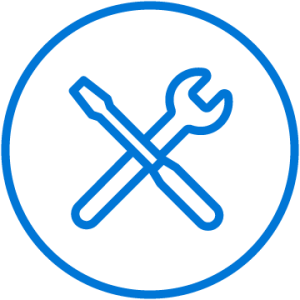
SaaS and PaaS Resources
Requires VA network access.
Platform as a Service (PaaS) Software Factory
The PaaS Software Factory is a key element in VA's Software Factory Model. It focuses on blending customization with efficiency, making it ideal for building specific, robust software applications while reducing technical debt.
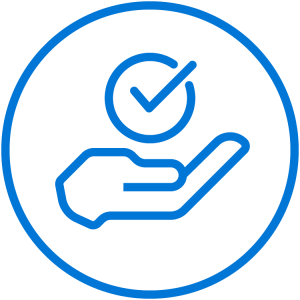
Reduced
Technical Debt
PaaS minimizes the need for specialized programming skills, significantly reducing technical debt.
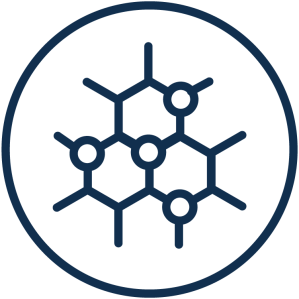
Efficient
Customization
Offers the flexibility to tailor software to VA's unique needs while utilizing reliable platform services.

Streamlined
Development
Provides comprehensive tools and services for a more efficient software development process.

Scalability and Flexibility
Enables easy scaling of applications to meet changing requirements, ensuring long-term efficiency.
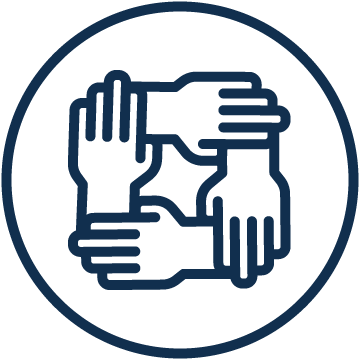
Collaborative Environment
Enhances teamwork by offering a shared platform with common tools and resources.
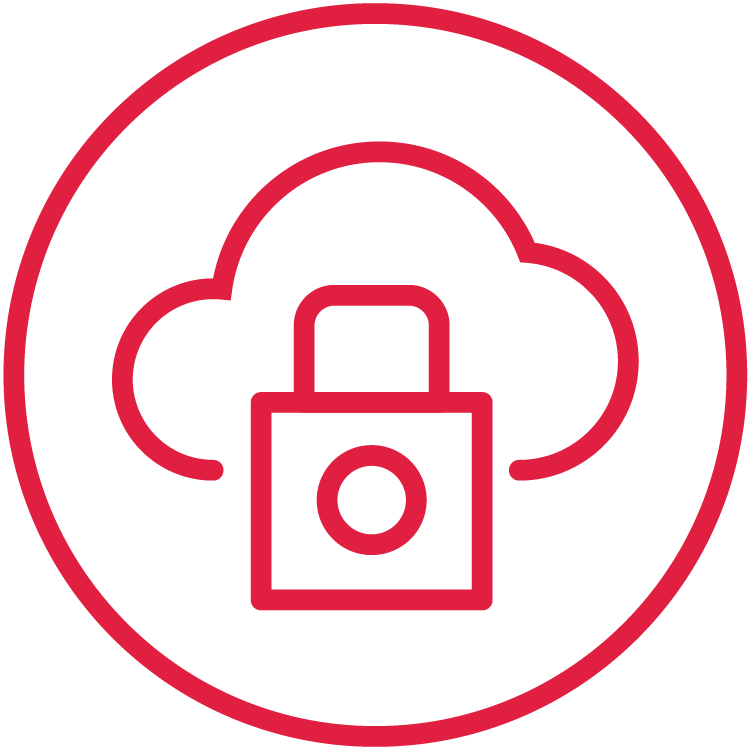
Robust
Security
Adheres to strict security and privacy standards, crucial for government services.
Frequently Asked Questions
Where can I learn more about SaaS/PaaS and the Software Factory?
Learn more about VA’s Software Factory Model by visiting the OIT Digital Transformation Portal - VA's Software Factory Model. View detailed information on the respective pages for the PaaS Software Factory and SaaS Software Factory. To learn more, you can also submit a Consultation Request from the DigitalVA Product Marketplace and select the option that best fits your interest.
Do SaaS products have published Technical Roadmaps? Do SaaS products follow Product Line Management practices?
There is a process map we follow to support SaaS/PaaS process and implementation. Each vendor can provide a roadmap if requested of their products. We do work through the Product Line Management (PLM) practices and SaaS has reached full maturity.
For products that offer similar capabilities, how do you decide which SaaS platform should be used?
We provide Analysis of Alternatives (AoA) to all customers, including those products that are already a part of the catalog. There is a matrix that is used to support the AoA and has defined criteria to help support the business decision. To add further support and review, there is a Gateway Decision that is completed by Digital Transformation Center (DTC) leadership to review the AoA, the matrix, and the decision being put forward by the business.
Where can we find VA pre-approved software list?
Visit the DigitalVA Product Marketplace. If you want to make a request, you can open a ticket with the DTC SaaS team. Once submitted, the Intake team will reach out to you to gather some additional information.
What are the actual cycle times for PaaS and SaaS?
For PaaS, it depends on the size of the scope and development time. The more complex, the longer the development cycle is going to be, but the range is between six and 18 months.
Timelines for SaaS:
- Products that have both a FedRAMP Authority to Operate (ATO) and a VA ATO: approximately 4 – 16 weeks
- Products that do not involve VA data and therefore do not require an ATO: approximately 12 – 18 weeks
- Products where an agency outside VA has sponsored the FedRAMP ATO and require a VA ATO: approximately 1 – 1.5 years
- Products that need VA sponsorship for their FedRAMP ATO and require a VA ATO: approximately 1.5 – 2 years
Where can I learn more about SaaS/PaaS and the Software Factory?
Learn more about VA’s Software Factory Model by visiting the OIT Digital Transformation Portal – VA’s Software Factory Model. View detailed information on the respective pages for the PaaS Software Factory and SaaS Software Factory. To learn more, you can also submit a Consultation Request from the DigitalVA Product Marketplace and select the option that best fits your interest.
Do SaaS products have published Technical Roadmaps? Do SaaS products follow Product Line Management practices?
We follow a process map to support the SaaS/PaaS process and implementation. If requested, each vendor can provide a roadmap for their products. We work through the Product Line Management (PLM) practices, and SaaS has reached full maturity.
For products that offer similar capabilities, how do you decide which SaaS platform should be used?
We provide Analysis of Alternatives (AoA) to all customers, including those products already in the catalog. A matrix is used to support the AoA and has defined criteria to help support business decisions. To add further support and review, there is a Gateway Decision that is completed by Digital Transformation Center (DTC) leadership to review the AoA, the matrix, and the decision being put forward by the business.
Where can we find VA pre-approved software list?
Visit the DigitalVA Product Marketplace. If you want to make a request, you can open a ticket with the DTC SaaS team. Once submitted, the Intake team will reach out to you to gather some additional information.
What are the actual cycle times for PaaS and SaaS?
For PaaS, it depends on the size of the scope and development time. The more complex the system, the longer the development cycle will be, but the range is between six and 18 months.
Timelines for SaaS:
- Products that have both a FedRAMP Authority to Operate (ATO) and a VA ATO: approximately 4 -16 weeks
- Products that do not involve VA data and therefore do not require an ATO: approximately 12-18 weeks
- Products where an agency outside VA has sponsored the FedRAMP ATO and requires a VA ATO: approximately 1-1.5 years
- Products that need VA sponsorship for their FedRAMP ATO and require a VA ATO: approximately 1.5-2 years



